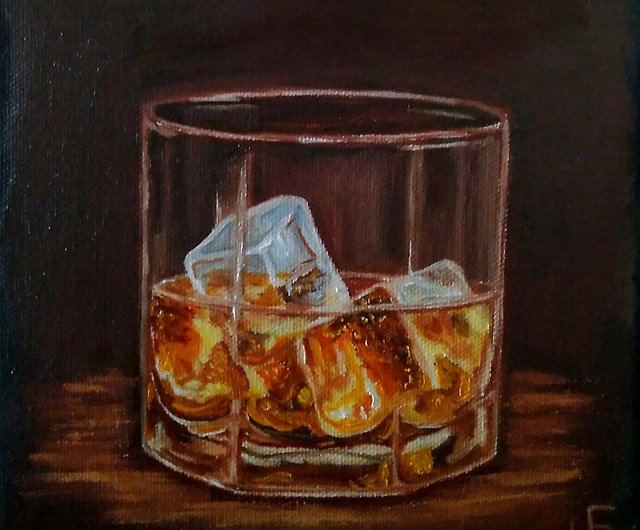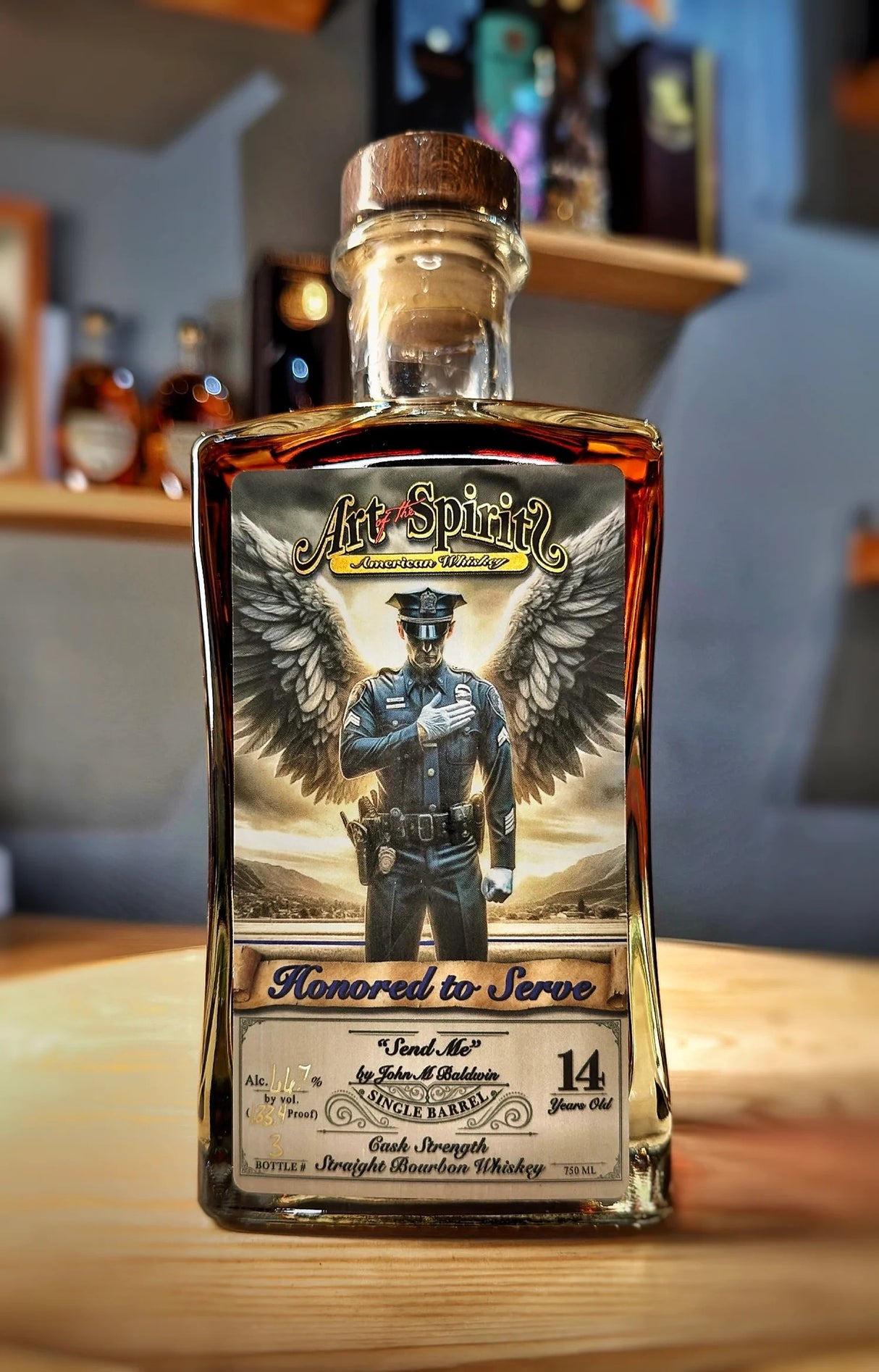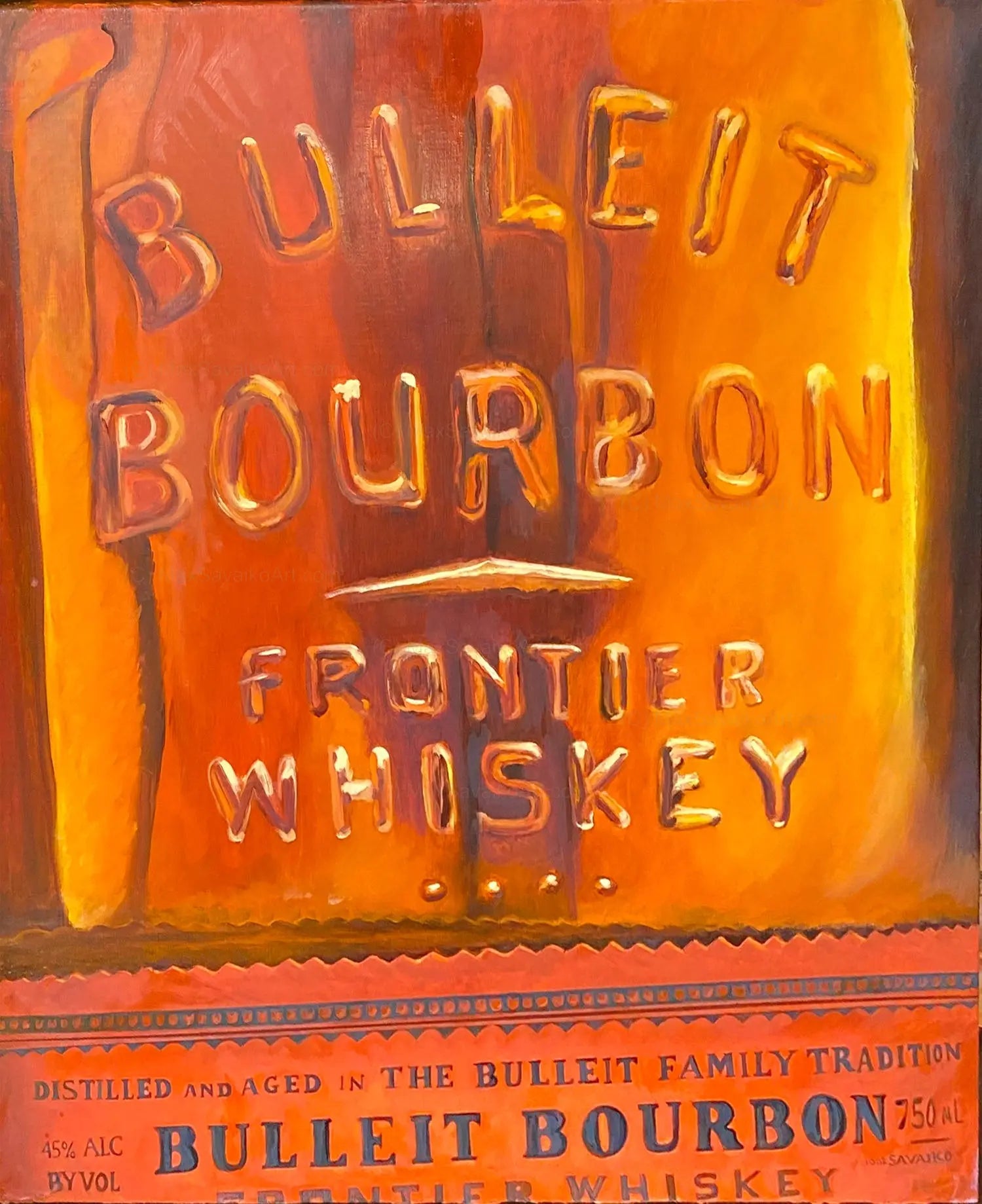Bourbon Art in Contemporary Culture: Where Practice Meets Development
Bourbon Art in Contemporary Culture: Where Practice Meets Development
Blog Article
The Importance of Whiskey Art in Celebrating Heritage and Craftsmanship in the Beverage Sector
The complex relationship in between scotch art and the event of heritage and craftsmanship within the drink market can not be overemphasized. With attentively designed labels and containers, scotch brands encapsulate their historic origins and the artisanal abilities that specify their production techniques. This imaginative measurement not just improves market appeal yet additionally functions as a channel for cultural narration, cultivating a deeper connection in between the craft and the consumer. As we discover the numerous aspects of this subject, appealing concerns concerning the effect of contemporary fads on typical practices occur, motivating more examination.
The Historical Origins of Whiskey
At the heart of scotch's allure lies an abundant tapestry of historic roots that trace back to old people. The origins of whiskey can be linked to the purification practices of the Sumerians and Babylonians around 2000 BCE, where very early kinds of fermented grain beverages began to arise. It was in the Center Ages that the art of distillation progressed significantly, specifically in Ireland and Scotland, leading to the creation of whiskey as we understand it today.
The term "bourbon" itself obtains from the Gaelic word "uisce beatha," implying "water of life." This phrase highlights the cultural relevance of bourbon in Celtic cultures, where it was frequently associated with rituals, parties, and communal bonding. By the 15th century, purification came to be a recognized craft within monastic communities, paving the means for the establishment of lawful distilleries.
As trade courses increased, scotch's popularity expanded, going beyond regional limits and capturing the passion of aficionados worldwide. Realism Art. This historical journey shows not only the workmanship behind whiskey manufacturing however also its integral role in social and social contexts, noting it as a considerable drink throughout history
Artistic Expression in Branding
Scotch branding stands as an engaging crossway of virtuosity and commerce, where visual identity plays a critical role in shaping customer perception. The looks of whiskey tags, product packaging, and marketing materials reflect not just the brand name's story however likewise its core values and heritage. Through creative expression, distilleries communicate a narrative that resonates with consumers, stimulating feelings and sparking connections.
The usage of color, typography, and imagery in branding serves to differentiate products in a saturated market. For example, traditional themes might evoke a feeling of authenticity and craftsmanship, while modern-day designs can signify advancement and forward-thinking. This critical artistic direction boosts brand recognition and loyalty, enabling customers to forge an individual connection with the whiskey they choose.
Moreover, imaginative expression in branding usually functions as a party of regional heritage. Distilleries often incorporate neighborhood symbols or historic referrals right into their styles, producing a feeling of area that welcomes consumers to participate in a more comprehensive social experience. Inevitably, the virtuosity behind bourbon branding not just enhances aesthetic appeal but likewise enhances the total story of the brand, fostering a much deeper admiration for the craftsmanship and heritage embedded in each container.
Workmanship in Bottle Design
The creativity apparent in whiskey branding expands past aesthetic identification to incorporate the workmanship associated with container layout. Each bottle functions as a vessel not simply for the spirit within, but likewise for the tale it informs regarding its beginning, practice, and high quality. The design process needs meticulous interest to information, as aspects such as closure, shape, and material add significantly to the overall assumption of the bourbon.
Craftsmanship in container style involves pop over here choosing high-quality glass that can enhance the bourbon's color and clearness, while likewise providing a responsive experience for the consumer. The shape of the container should be both practical and cosmetically appealing, usually reflecting the heritage of the brand. Numerous distilleries decide for special shapes or printed logo designs that evoke a feeling of authenticity and background.
Furthermore, the label layout and typography play a crucial duty in interacting the brand name's story. Realism Art. A well-crafted container not just captivates the customer's eye yet likewise you can check here reinforces the brand's dedication to high quality and practice. In this way, the workmanship of bottle layout comes to be an essential facet of the scotch experience, combining creativity with a profound respect for heritage
Cultural Importance of Bourbon Art
Celebrating practice and craftsmanship, the cultural value of scotch art goes beyond mere aesthetics, linking with the social and historic stories of the areas from which it comes from. Each container functions as a canvas, illustrating the unique stories, folklore, and traditions that have shaped neighborhood whiskey-making techniques. The elaborate styles often show the heritage of the more tips here distillers, including icons and concepts that resonate with the culture and values of their areas.

Furthermore, bourbon art plays a crucial role in common celebrations and parties, functioning as a tangible link in between people and their shared experiences. By appreciating the virtuosity in whiskey product packaging, customers cultivate a much deeper understanding and regard for the craft, ultimately enhancing their satisfaction of the beverage itself.
Modern Trends in Scotch Discussion
In the last few years, the presentation of bourbon has developed to mirror modern tastes and patterns while still honoring typical craftsmanship - Bourbon Art. Distilleries are increasingly concentrating on visual elements that enhance the general alcohol consumption experience, linking the void in between heritage and modernity
Cutting-edge container designs have emerged, often incorporating sustainable materials and creative tags that inform engaging tales. Many brands now work together with neighborhood musicians, instilling their items with unique visual expressions that resonate with consumers. Additionally, limited-edition releases are commonly packaged in collectible containers, including worth and allure for aficionados.

Conclusion
In final thought, scotch art offers as a crucial channel for revealing the heritage and craftsmanship fundamental in the beverage industry. Through intricate branding, innovative container styles, and culturally considerable creative aspects, whiskey brands properly recognize their customs and link with consumers.


Workmanship in bottle design entails choosing top notch glass that can boost the bourbon's shade and clarity, while also offering a tactile experience for the customer. In this method, the craftsmanship of bottle design ends up being an essential element of the scotch experience, combining virtuosity with an extensive respect for heritage.
In conclusion, whiskey art serves as an essential channel for expressing the heritage and workmanship intrinsic in the drink market.
Report this page